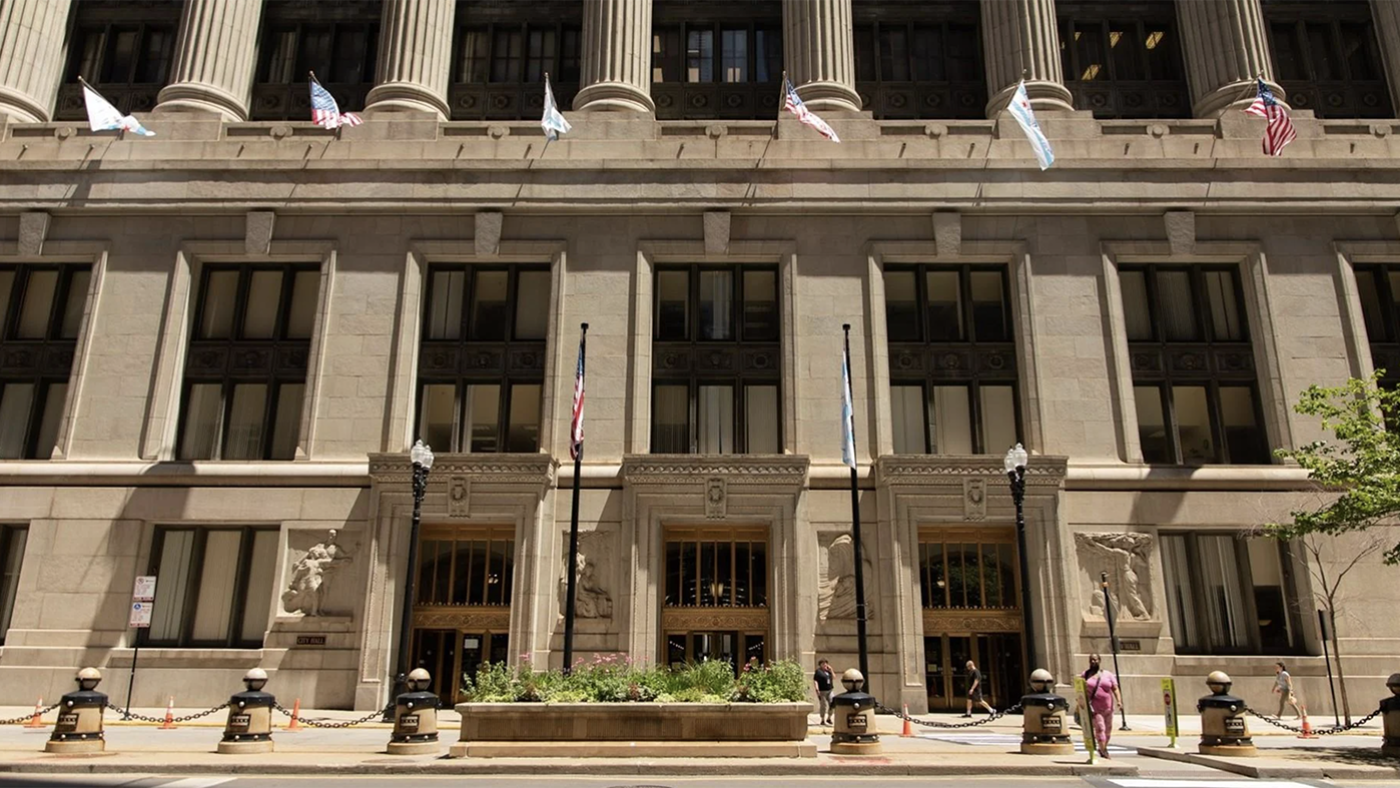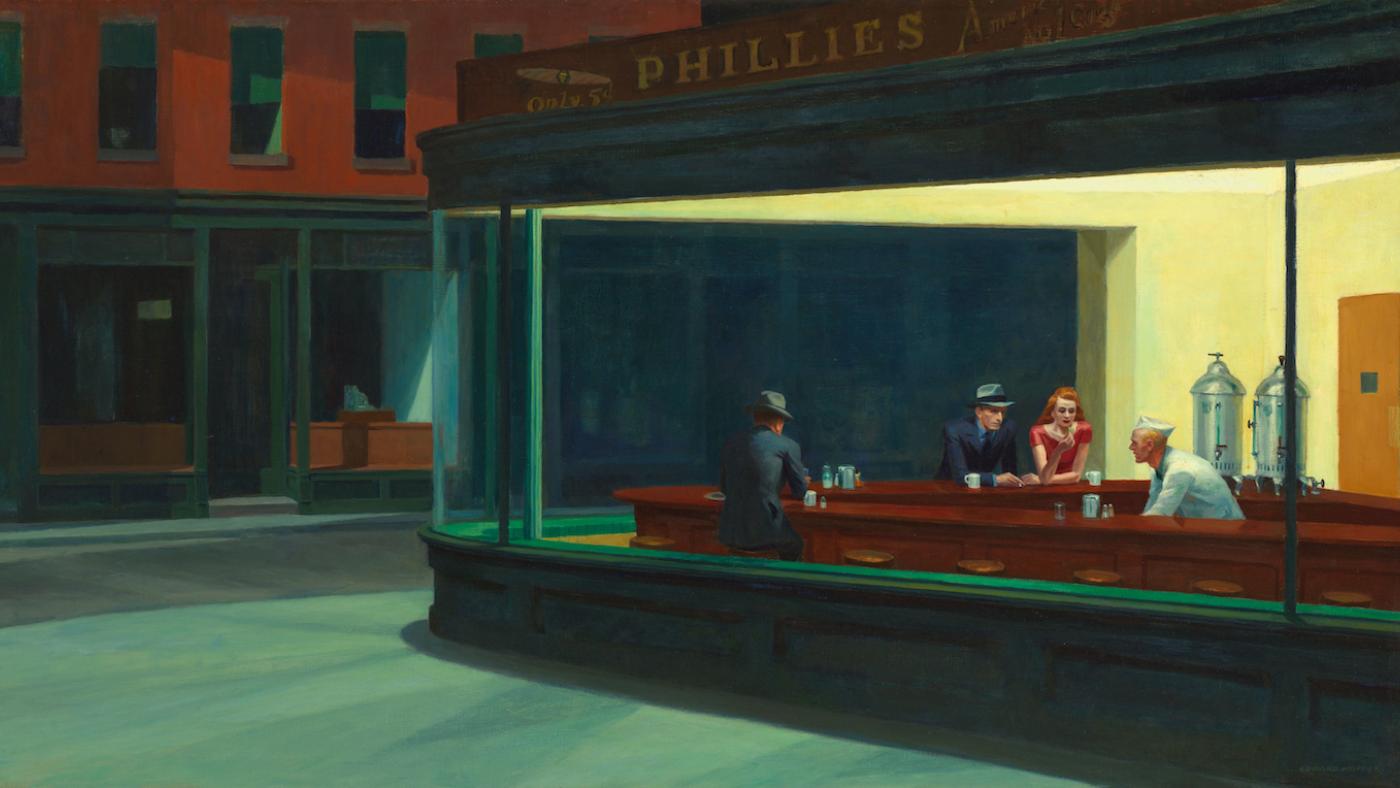Women Architects Who Have Made Their Mark on Chicago
Geoffrey Baer
March 30, 2022

A new hotel at Navy Pier, the future DuSable Park just east of DuSable Lake Shore Drive, the dramatic St. Regis Tower and the wavy Aqua building, the austere Equitable Building next door to Tribune Tower, the vibrant GEMS World Academy, Chicago’s iconic Riverwalk. What do these all have in common? They were all designed by women or women-owned architecture firms.
The distinction wouldn’t be noteworthy if the world of architecture were more equitable, but as of 2020, only 17 percent of registered architects were women, according to the American Institute of Architects. So the prominence of these projects in the heart of a city renowned for architecture is something to be celebrated.
Here are a few women architects who have made their mark on Chicago and architecture.
Jeanne Gang
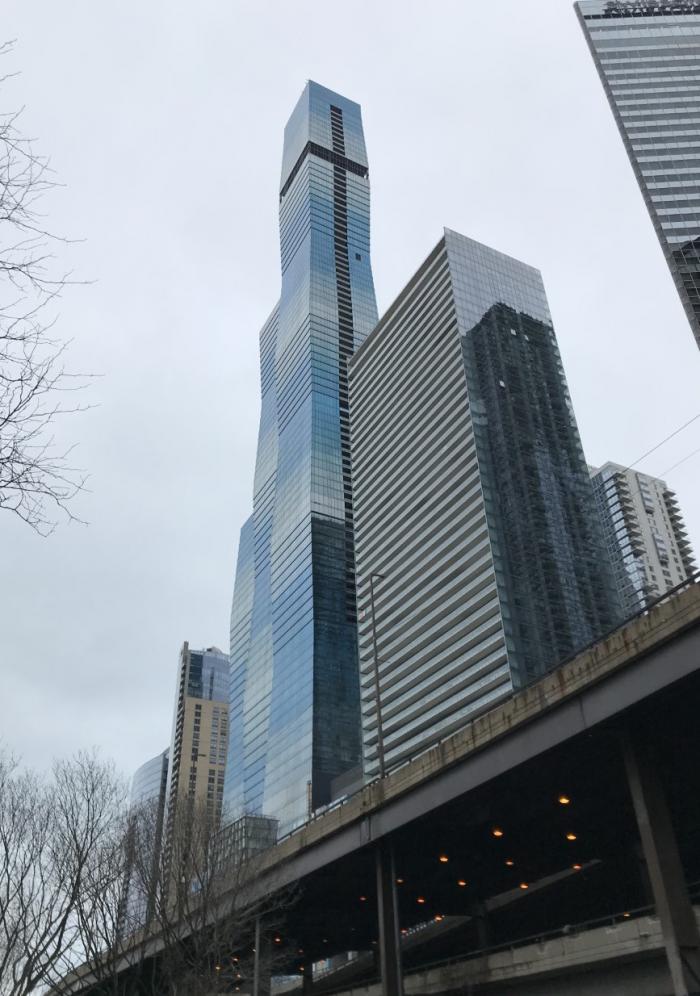 The St. Regis Tower is Chicago's third-tallest building. Photo: WTTW
The St. Regis Tower is Chicago's third-tallest building. Photo: WTTW
Gang is the founder of Studio Gang and one of the world’s most visible women architects. Aqua established her reputation as an architect with uniquely conceived buildings whose flowing designs are often inspired by natural forms and sensitive to environmental concerns and sustainability. Since then, she and her firm have built such acclaimed projects in Chicagoland as the St. Regis, Chicago’s third-tallest building; the Hyde Park apartment building Solstice on the Park; Writers Theatre in Glencoe; and two angular boathouses on the Chicago River, among others—not to mention projects across the country. Studio Gang is also leading the design of an expansion of O’Hare Airport.
Gang has also helped launch the careers of other women architects, such as Kara Boyd and Jeana Ripple, who founded the Chicago firm Mir Collective along with fellow Studio Gang alumnus Todd Zima.
You can stream a short WTTW documentary on Gang from 2011.
Carol Ross Barney
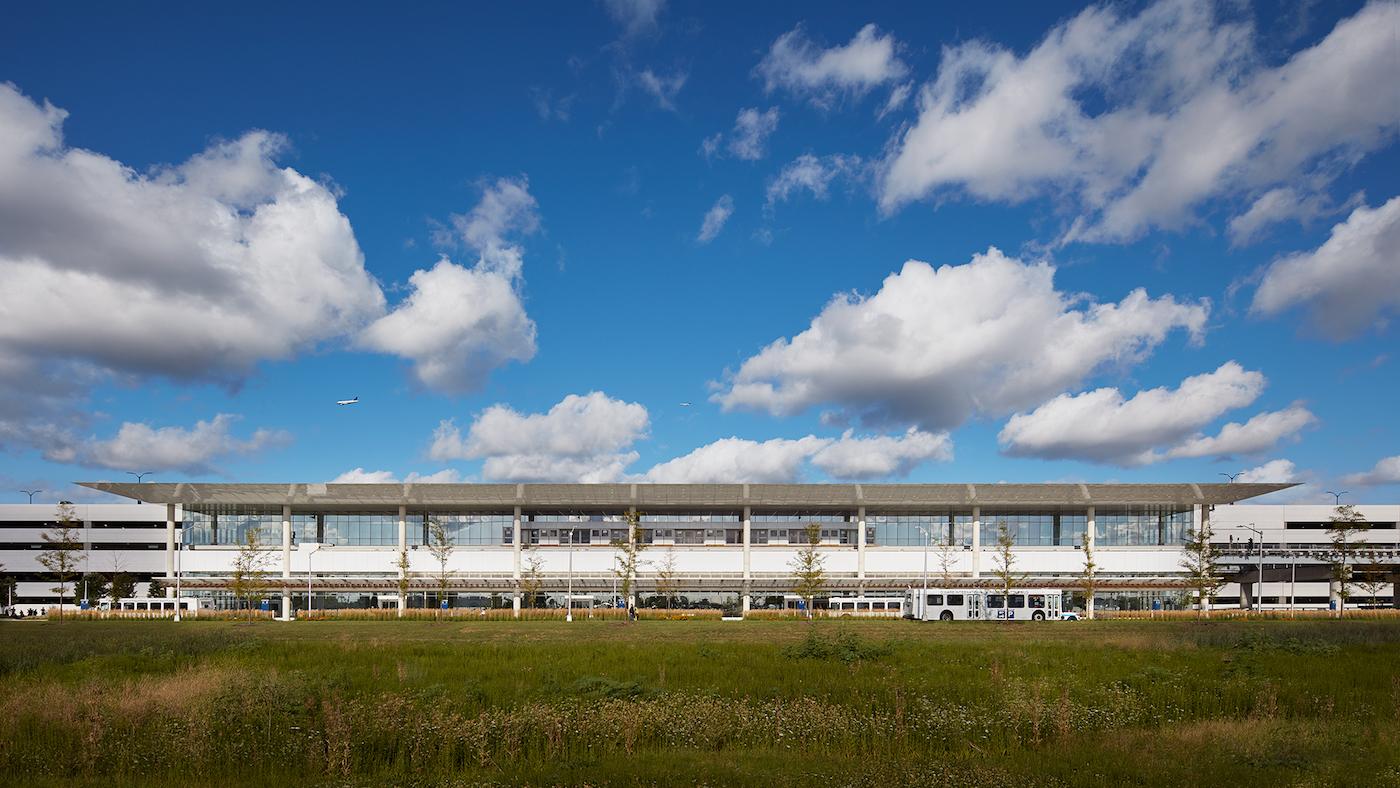 The O'Hare International Airport Multi-Modal Terminal. Photo: Kendall McCaugherty/Wikimedia Commons
The O'Hare International Airport Multi-Modal Terminal. Photo: Kendall McCaugherty/Wikimedia Commons
The projects of Ross Barney’s eponymous firm might typically be lower to the ground than Gang’s, but they are every bit as high profile. Barney’s firm collaborated with landscape architecture and engineering firms to design the Riverwalk, which has become an integral and popular part of downtown. The redesigned, energy-efficient flagship McDonald’s in River North is another tourist hotspot, with its soaring, solar-paneled roof. Ross Barney has designed several CTA stations, including Morgan Street and Cermak-McCormick Place. The O’Hare Multi Modal Terminal connects the airport’s people-mover system with commuter rail, regional buses, and long-term parking and welcomes people to Chicago, while her firm’s visitor center greets people to the Lincoln Park Zoo.
RaMona Westbrook
Westbrook’s firm Brook Architecture is Ross Barney’s partner on developing DuSable Park, at the mouth of the Chicago River. It’s not her first lakefront commission: she designed the 31st Street Harbor. Other civic projects include Gwendolyn Brooks College Preparatory Academy High School in Roseland and the Chicago Fire Department’s Engine Company 115 in West Pullman. The firm has also built affordable housing for the Chicago Housing Authority.
Danielle Tillman
Tillman is the managing principal at bKl Architecture, responsible for the colorful GEMS World Academy, which holds its own against the taller flashy skyscrapers of Lakeshore East. She also designed a renovation and expansion of the Whitney Young branch of the Chicago Public Library in Chatham, which cleverly updates the austere glass and steel modernism of the original building.
Jackie Koo
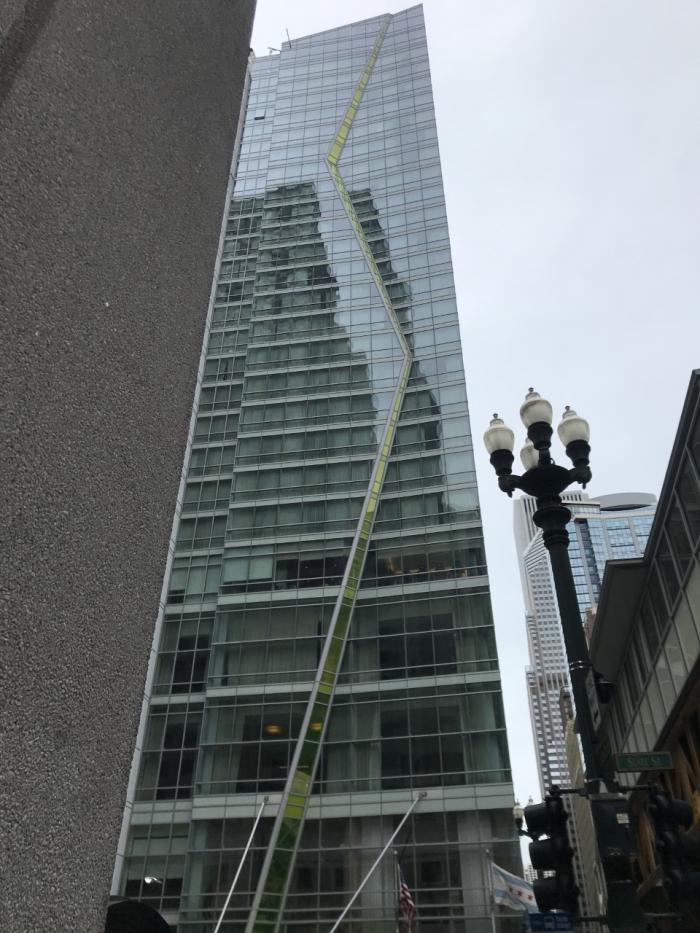 theWit is one of two prominent downtown hotels that Jackie Koo has designed. Photo: WTTW
theWit is one of two prominent downtown hotels that Jackie Koo has designed. Photo: WTTW
Koo is the founder of a namesake firm that has become known in part for hotels: it’s responsible for the new Sable Hotel on Navy Pier and theWit downtown. But KOO has also designed projects for permanent residents of the city, like the curving Altgeld Family Resource Center in the Altgeld Gardens public housing development on the Far South Side, which includes a Chicago Public Library, childcare center, and meeting space.
Billie Tsien
Tsien, who has a firm with her husband Tod Williams, is not based in Chicago, but has received one of the city’s highest profile commissions: the controversial Obama Presidential Center in Jackson Park. Tsien and Williams also designed the nearby University of Chicago’s striking Logan Center for the Arts.
Natalie de Blois
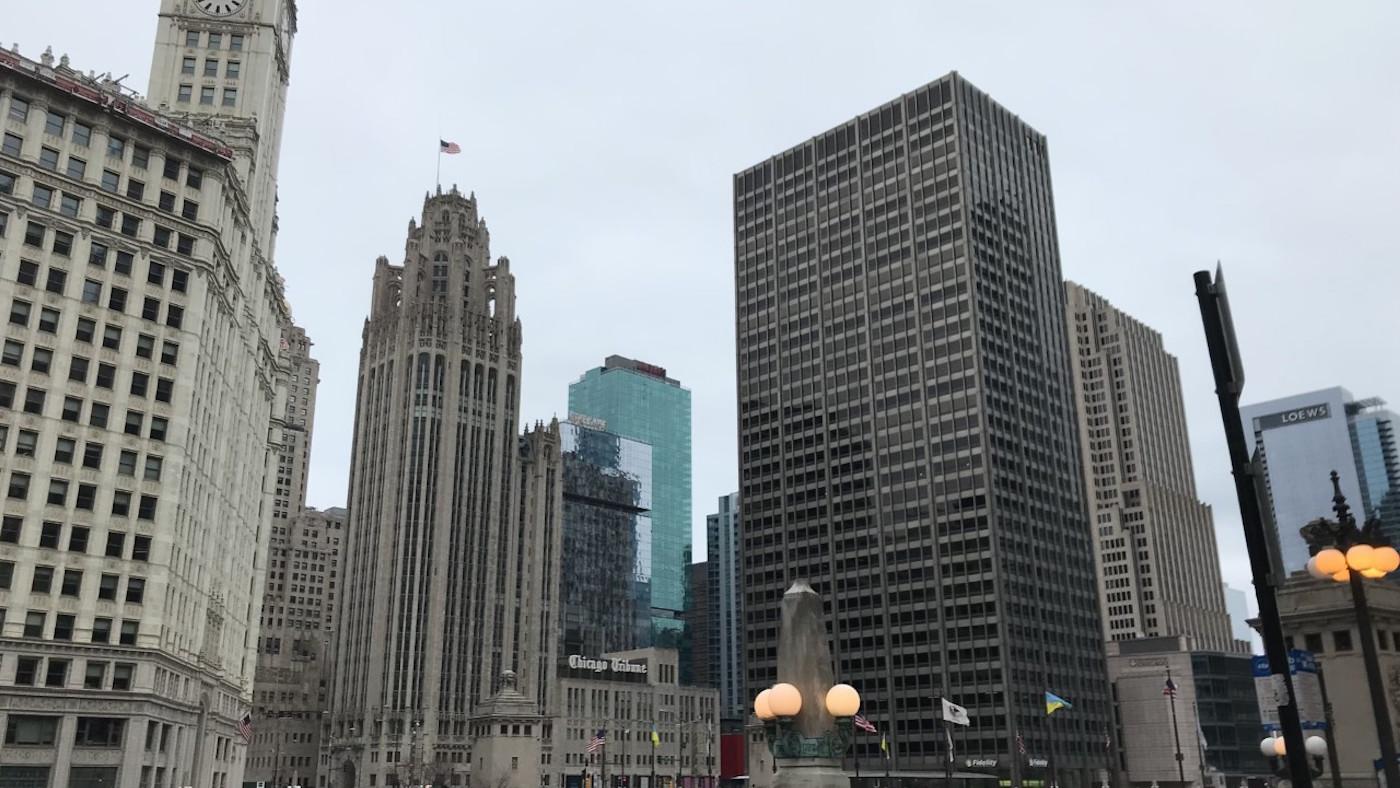 The international style of the Equitable Building stands in contrast to the Tribune Tower and Wrigley Building. Photo: WTTW
The international style of the Equitable Building stands in contrast to the Tribune Tower and Wrigley Building. Photo: WTTW
“Her mind and hands worked marvels in design—and only she and God would ever know just how many great solutions, with the imprimatur of one of the male heroes of S.O.M., owed much more to her than was attributed by either S.O.M. or the client,” wrote Nathaniel A. Owings, a founding partner of Skidmore, Owings and Merrill (now SOM), of Natalie de Blois in his autobiography.
De Blois worked for SOM from 1944 until 1974, and was in the Chicago office from 1962 onward. She had a hand in the Equitable Building at the river and Michigan Avenue in Chicago, and also worked on significant projects with SOM’s Gordon Bunshaft, such as Manhattan’s Union Carbide Corporation Headquarters, Lever House, and Pepsi-Cola Corporation World Headquarters, although she frequently didn’t get credit. Bunshaft once ordered her to change clothes before a meeting, because he didn’t “like green.” De Blois later taught architecture at the University of Texas at Austin, and died in Chicago in 2013.
Gertrude Lempp Kerbis
Chicago native Gertrude Lempp Kerbis also worked at SOM for a time, joining the Chicago office after studying under Mies van der Rohe at the Illinois Institute of Technology. (Another student of Mies, Georgia Louise Harris Brown, went on to lead the structural engineering on Mies’ towers at 860-880 Lake Shore Drive.) While at SOM, Lempp Kerbis led the design of the Skokie Public Library, among other buildings. Later, she designed O’Hare’s Rotunda building. She went on to found her own firm, Lempp Kerbis, in 1967. It was the first woman-owned firm in Chicago. She was also the first female president of the Chicago Chapter of the American Institute of Architects and the force behind the founding of Chicago Women in Architecture. (Natalie de Blois and Carol Ross Barney were also founding members.)
Beverly Lorraine Greene
Greene was born in Chicago, studied at the University of Illinois at Urbana-Champaign, and worked at the Chicago Housing Authority for a time, but she struggled to find work as an architect in Chicago: not only was she a woman in a male-dominated field, she was also Black in a white world. As far as is known, she is the first African American woman to become a licensed architect in the United States, receiving that license in 1942. Frustrated in Chicago, she moved to New York, where she worked with other architects on various projects, including university buildings. She also worked on the UNESCO headquarters in Paris with Marcel Breuer, but died in 1957, before it was completed.
Marion Mahony Griffin
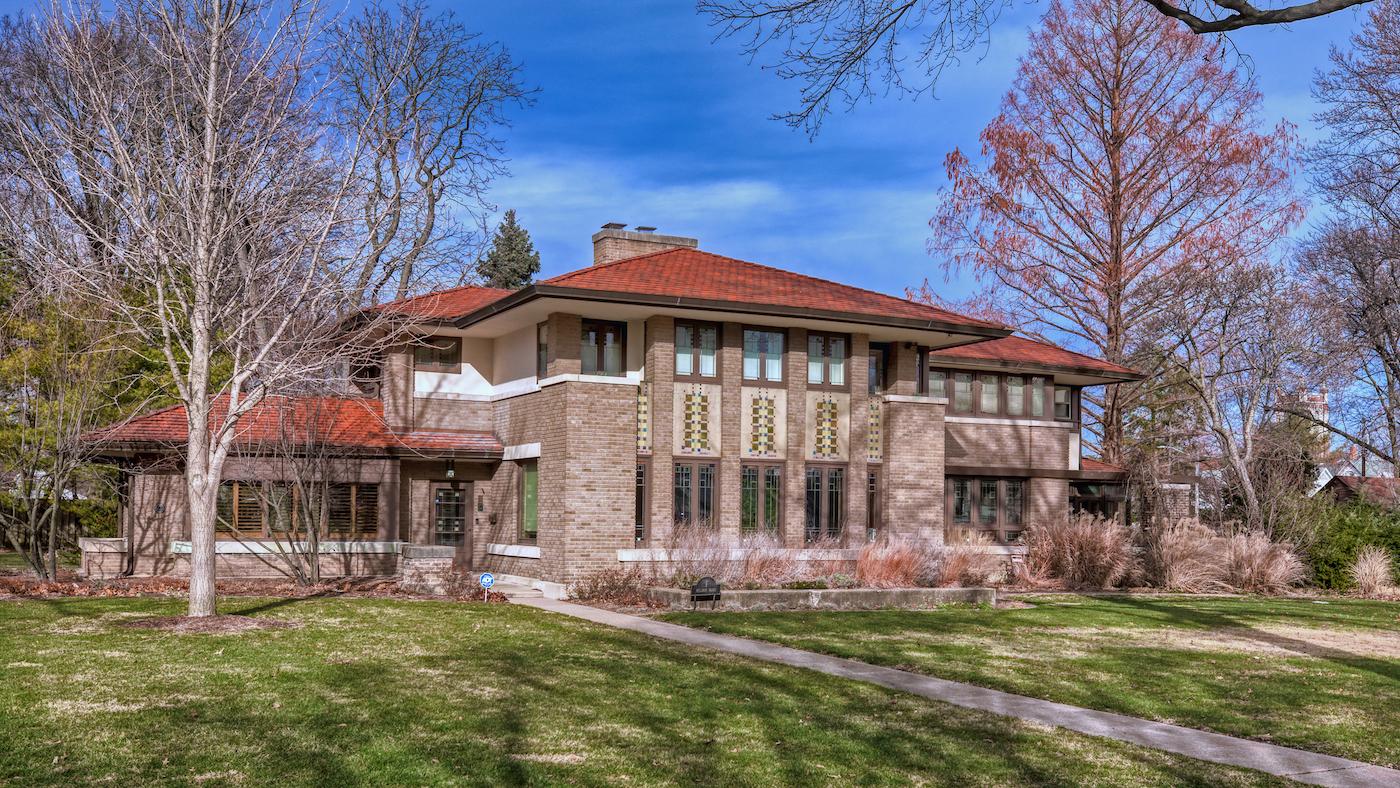 Marion Mahony Griffin led the design of several homes in Decatur, Illinois while working for Frank Lloyd Wright, including the Robert Mueller House. Photo: Randy von Liski/Flickr
Marion Mahony Griffin led the design of several homes in Decatur, Illinois while working for Frank Lloyd Wright, including the Robert Mueller House. Photo: Randy von Liski/Flickr
She was Frank Lloyd Wright’s first employee, but like other female architects of the twentieth century, Mahony Griffin’s contributions to the history of architecture were long obscured, and her career stymied during her life. A Chicagoland native, she was the first woman to obtain an architecture license in Illinois. She worked in the studio of her cousin Dwight Perkins (who is known for schools across Chicago), before Wright hired her in 1895. Her elegant drawings for Wright helped disseminate his work around the world, although he never acknowledged her contributions and they eventually parted acrimoniously.
Mahony Griffin went on to elevate the career of another male architect, her husband, Walter Burley Griffin, helping him on a plan for the new city of Canberra in Australia, among other things. “The Australians take Mahony as seriously as we take Frank Lloyd Wright,” Northwestern University professor of art history David Van Zanten told The New York Times. While working for Wright, Mahony Griffin led the design for several Prairie Style homes in Decatur, Illinois that survive, and her artistic work can be seen in a mural at the George B. Armstrong International Studies School in Rogers Park, near the house where she spent much of the end of her life. There’s also a small beach in Rogers Park named after her. She died in 1961.

